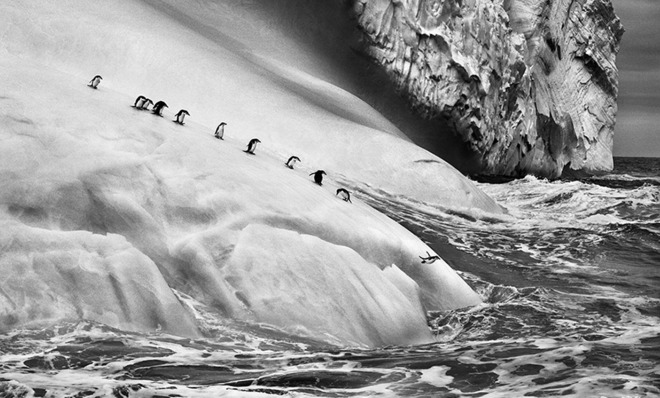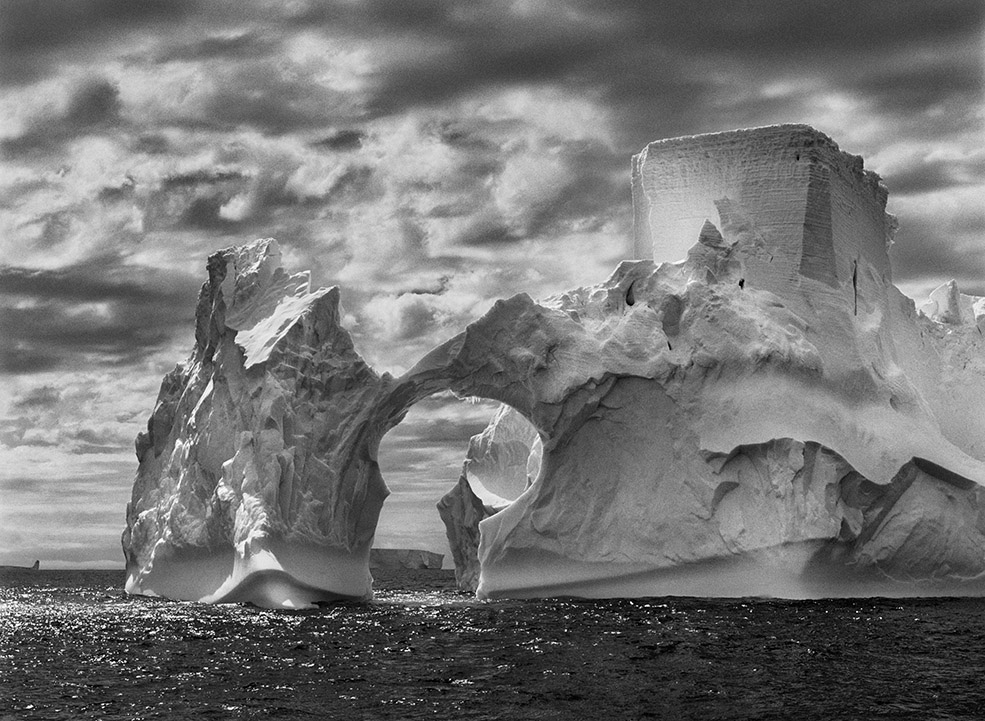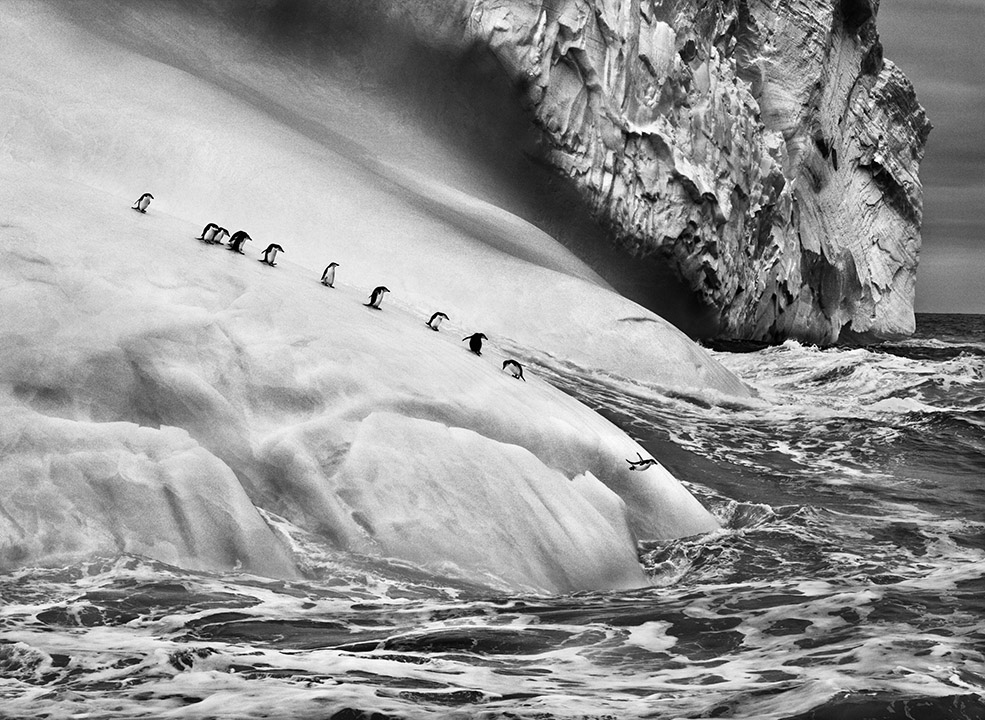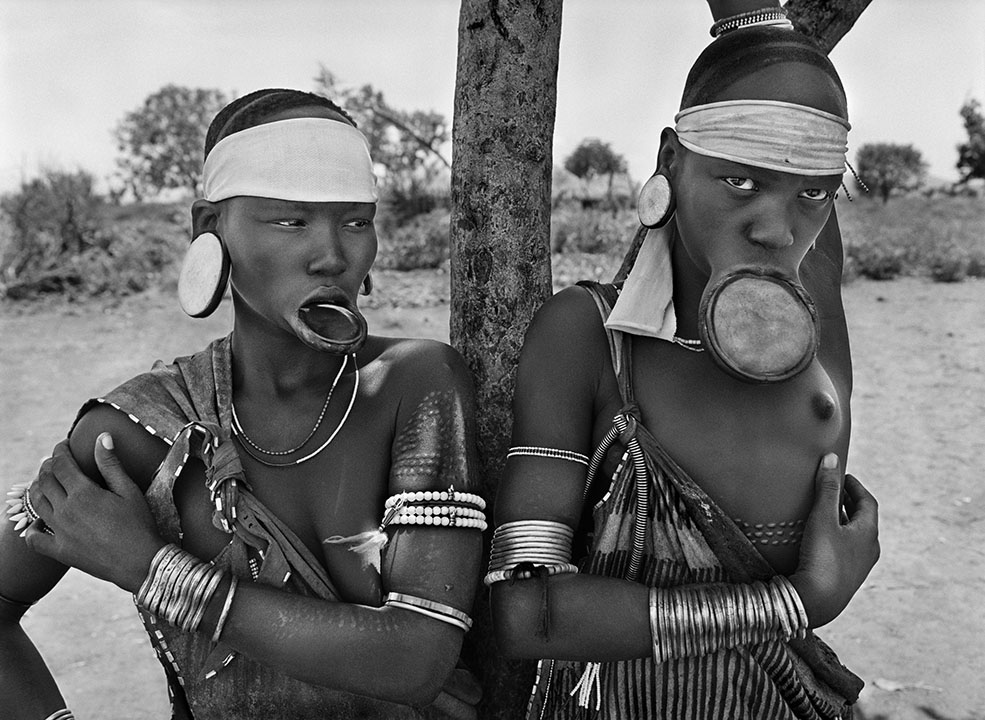Earth's unspoiled glory
A new exhibition by photographer Sebastiáo Salgado explores Earth's last untouched regions

Ten years ago, photographer Sebastiáo Salgado and his wife, Lélia Wanick Salgado, began a project that would send them to some of the most remote parts of our planet.
The pair sought out untouched nature as they journeyed across deserts, through rain forests, and with indigenous communities around the globe. The result is Genesis, a new exhibition featuring more than 200 black-and-white images made by Salgado.
On view at the International Center of Photography, in New York City, Genesis is a sprawling, ambitious work meant to educate its viewers about both the beauty of the natural world and the pressures on these regions from climate change.
The Week
Escape your echo chamber. Get the facts behind the news, plus analysis from multiple perspectives.

Sign up for The Week's Free Newsletters
From our morning news briefing to a weekly Good News Newsletter, get the best of The Week delivered directly to your inbox.
From our morning news briefing to a weekly Good News Newsletter, get the best of The Week delivered directly to your inbox.

Salgado sees his show as representative of a great schism. So many people live in vast cities such as New York, Paris, and Beijing, he says, and all of that concrete and metal divorces us from the planet.
"We don't know the scent of the animals. We don't know the movement of the waters," Salgado says. "I believe we want to survive. We need to go back. We can't all physically, but we need to, spiritually."

Salgado and his wife have had the unique opportunity to "go back" both physically and spiritually, and the experience, he says, was one of self-discovery.
"I did a lot of trips for Genesis," he says. "But probably the biggest gift of the trip was inside myself."
A free daily email with the biggest news stories of the day – and the best features from TheWeek.com
Salgado's photographs for Genesis, along with Migrations and Workers, his other long-term projects, have taken him to more than 100 countries. The final images in the Genesis exhibition reflect that reach; in a few steps, viewers can transition from windswept plateaus in Utah to icy Siberian plains.

Lélia Wanick Salgado designed and curated Genesis, and she calls it a "testimony that our planet still harbors vast and remote regions, where nature reigns in silent and pristine majesty."
But the couple knows such parts of the world cling tenuously to their unspoiled glory. To that end, the couple launched Instituto Terra more than 15 years ago; the organization focuses on reforesting a part of the Atlantic Forest in Brazil. It's part of their larger goal of engaging with the Earth and protecting it for future generations — whether those inhabitants live in New York City's concrete jungle, or grow up as members of an indigenous group in Ethiopia.

**Genesis is on view at the International Center of Photography, in New York City, through Jan. 11, 2015**
Loren Talbot is the photo editor for The Week magazine. She has previously worked for Stuff, Maxim, Blender, and Us magazine, as well as for the Sweet Genius production company. She is a graduate of both Marlboro College and Pratt Institute. Her part-time job is adventurer.
-
 Nigel Farage: was he a teenage racist?
Nigel Farage: was he a teenage racist?Talking Point Farage’s denials have been ‘slippery’, but should claims from Reform leader’s schooldays be on the news agenda?
-
 Pushing for peace: is Trump appeasing Moscow?
Pushing for peace: is Trump appeasing Moscow?In Depth European leaders succeeded in bringing themselves in from the cold and softening Moscow’s terms, but Kyiv still faces an unenviable choice
-
 Sudoku medium: November 29, 2025
Sudoku medium: November 29, 2025The daily medium sudoku puzzle from The Week